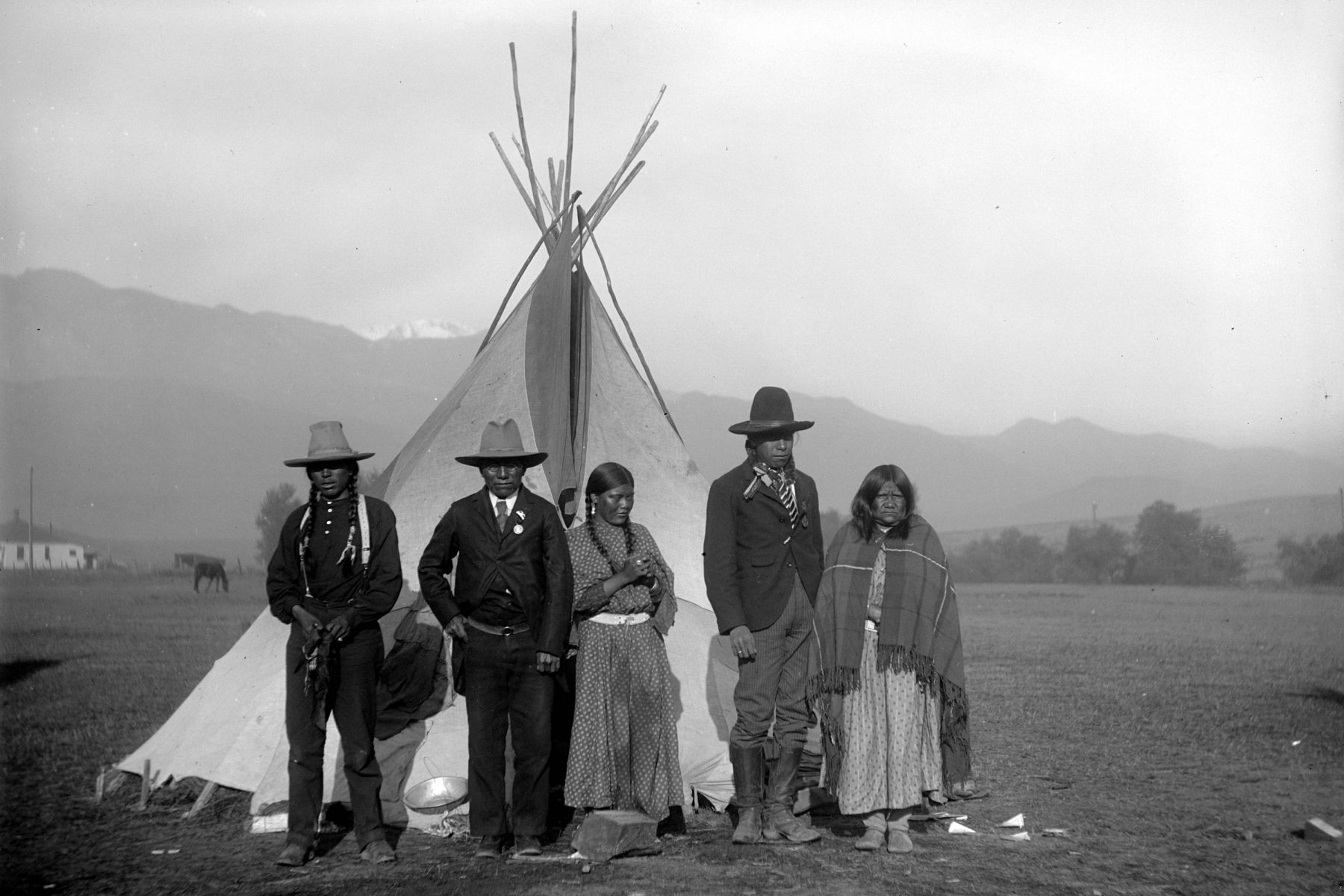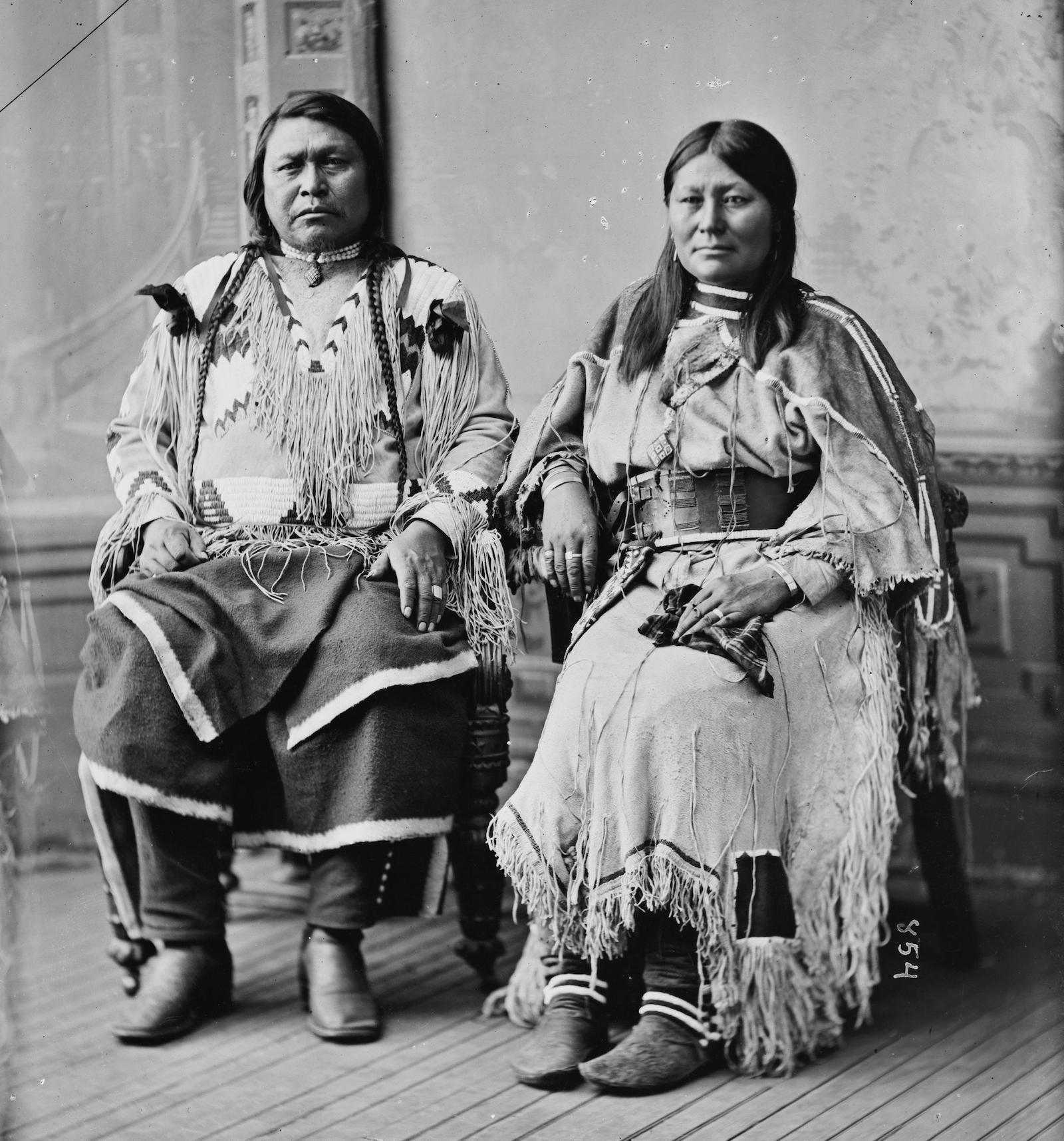
Absolutely! Here is a 1200-word journalistic article in English about the history of the Ute Tribe in Colorado.
Guardians of the Shining Mountains: The Enduring Legacy of the Ute People in Colorado
Colorado’s majestic peaks, verdant valleys, and high desert plains tell a story far older than the state itself. It is a narrative etched into the very landscape by the Nuche, or Ute people, the aboriginal inhabitants of a vast domain that once encompassed most of what is now Colorado, along with significant portions of Utah, New Mexico, and Arizona. For millennia, the Utes thrived in this rugged paradise, a testament to their deep spiritual connection to the land and their remarkable resilience in the face of epochal change. Their history in Colorado is a compelling saga of adaptation, negotiation, betrayal, and an enduring fight for sovereignty and cultural survival.
The Utes, whose name is believed to mean "The People of the Shining Mountains," were not a monolithic entity but rather a collection of seven distinct bands, each with its own territory and leadership, yet united by language, culture, and a shared way of life. In Colorado, these included the Mouache, Capote, and Weeminuche (who form the Southern Ute and Ute Mountain Ute Tribes today), and the Tabeguache (or Uncompahgre), Grand River, and Yampa bands (who were later consolidated with the Uintah into the Uintah and Ouray Reservation in Utah). Their traditional lifestyle was one of nomadic hunter-gatherers, moving with the seasons to harvest resources. Elk, deer, and bighorn sheep were primary game, supplemented by a rich bounty of berries, roots, and pine nuts. Their annual cycles were a finely tuned dance with nature, guided by generations of accumulated ecological knowledge.
The arrival of the horse in the 17th century, introduced by the Spanish, revolutionized Ute life. Horses dramatically increased their mobility, transforming hunting, trade, and warfare. The Utes became master horsemen, extending their hunting grounds and engaging in trade networks that stretched across the Southwest. While their interactions with the Spanish were complex, involving trade, occasional conflict, and even the unfortunate practice of slave raiding, it was the subsequent expansion of the United States that would irrevocably alter their destiny.

The early 19th century brought American trappers and explorers into Ute territory, but it was the Pikes Peak Gold Rush of 1858-59 that marked the true turning point. The promise of instant wealth triggered an unprecedented influx of prospectors and settlers into Colorado, a land the Utes had always called home. These newcomers disregarded existing Ute claims, establishing towns and mines on ancestral lands. The Ute people, who had previously encountered only limited numbers of outsiders, were now confronted by an overwhelming tide of humanity, driven by the ideology of Manifest Destiny.
"The white people are like the grasshoppers; they come in such numbers that you cannot count them," famously observed Chief Ouray, a prominent leader of the Uncompahgre Ute band, who would become one of the most significant figures in Ute history. Ouray, born around 1833, was a man of extraordinary intellect and diplomatic skill, fluent in several languages. He understood the futility of armed resistance against the numerically superior Americans and dedicated his life to negotiating for the survival of his people.
The period between 1860 and 1880 saw a relentless succession of treaties, each one chipping away at the Ute land base. The Treaty of 1863 ceded much of the eastern plains. The Treaty of 1868, negotiated by Ouray, established a large reservation encompassing much of western Colorado, an area roughly one-third of the state. It was meant to be "a permanent home" for the Utes, but even this vast tract would not remain inviolate for long.
The pressure for land intensified, particularly as silver was discovered in the San Juan Mountains, squarely within the 1868 reservation. Mining interests clamored for access, leading to the Brunswick Treaty of 1873, which stripped the Utes of over four million acres of their prime hunting and mining lands in the mineral-rich San Juan region. Ouray, though deeply reluctant, signed under immense duress, understanding that outright refusal would likely lead to war and even greater losses. He is often quoted as saying, "The Utes do not want to go to war, but they want their rights." His efforts were a desperate attempt to secure a future for his people through peaceful means.
The final, devastating blow to the Northern Utes in Colorado came with the events surrounding Nathan Meeker and the White River Agency. In 1878, Nathan Meeker, a former newspaper editor, was appointed Indian Agent to the White River Utes (Yampa, Grand River, and Tabeguache bands). Meeker, an ardent proponent of assimilation, immediately set about radically transforming Ute life. He demanded that the Utes abandon their traditional ways, become farmers, send their children to school, and even plow under their horse racing track, a central part of their culture. His authoritarian methods and disrespect for Ute customs quickly created a powder keg of resentment.
Tensions escalated throughout 1879. Meeker requested military assistance, further inflaming the Utes, who viewed the soldiers as an invasion. On September 29, 1879, a U.S. Army column led by Major Thomas T. Thornburgh, en route to the agency, was ambushed by Ute warriors near Milk Creek. Thornburgh and ten of his men were killed. Simultaneously, at the agency, enraged Utes killed Meeker and ten of his employees, and took several women and children captive. This tragic event, known as the Meeker Massacre or the White River Uprising, sent shockwaves across the nation.
The public outcry was immediate and furious. Newspapers across Colorado and the nation screamed for vengeance, demanding that all Utes be removed from the state. The infamous slogan "The Utes Must Go!" became a rallying cry. Despite Chief Ouray’s tireless efforts to distance his Uncompahgre band from the White River incident and to secure the release of the captives, the political will to expel the Utes was unstoppable.
In 1880, Congress passed a bill that effectively dispossessed the Northern Utes of their remaining Colorado lands. The White River and Uncompahgre Utes were forcibly removed to the Uintah and Ouray Reservation in northeastern Utah. Chief Ouray, his health failing, died shortly after signing the agreement, a broken man who had fought valiantly but ultimately could not stem the tide of American expansionism. His wife, Chipeta, a powerful and influential figure in her own right, continued to advocate for her people, but the decision was final.
Only the Southern Ute (Mouache and Capote) and Ute Mountain Ute (Weeminuche) bands managed to retain a fraction of their ancestral lands in southwestern Colorado. Even they faced immense pressure and repeated attempts to relocate them or break up their communal landholdings. The Dawes Act of 1887, which aimed to allot communal tribal lands to individual tribal members, further fragmented their reservations and led to more land loss.

Life on the reservations was harsh. Stripped of their traditional hunting grounds and forced into an agricultural lifestyle for which their lands were often ill-suited, the Utes faced poverty, disease, and the systematic suppression of their culture and language. Yet, through it all, they endured.
In the 20th and 21st centuries, the Ute people have embarked on a remarkable journey of cultural revitalization, economic development, and the assertion of their sovereign rights. The Southern Ute Indian Tribe, headquartered in Ignacio, and the Ute Mountain Ute Tribe, with its headquarters in Towaoc, are now vibrant, self-governing nations. They have successfully developed diverse economies, leveraging their natural resources, including oil and gas, and investing in various enterprises. They have built schools, healthcare facilities, and infrastructure, all while working diligently to preserve their language, ceremonies, and traditional knowledge.
The Ute Mountain Ute Tribe is particularly renowned for its Ute Mountain Tribal Park, an archaeological preserve that protects Ancestral Puebloan cliff dwellings and provides an insight into the region’s ancient history, managed by the Utes themselves. Both tribes have fought tirelessly for their water rights, a critical issue in the arid West, and have been instrumental in advocating for Native American self-determination at both state and national levels.
The history of the Ute people in Colorado is a poignant reminder of the profound impact of westward expansion on Indigenous nations. It is a story of immense loss – of land, life, and traditional ways – but also one of extraordinary resilience. From being the undisputed guardians of the Shining Mountains to enduring forced removal and assimilation policies, the Ute people have maintained their identity, their connection to the land, and their spirit. Today, their presence in Colorado stands as a powerful testament to their enduring legacy and their continued vital role in shaping the future of the American West. Their story is not just history; it is a living, evolving narrative of survival, strength, and sovereignty.


